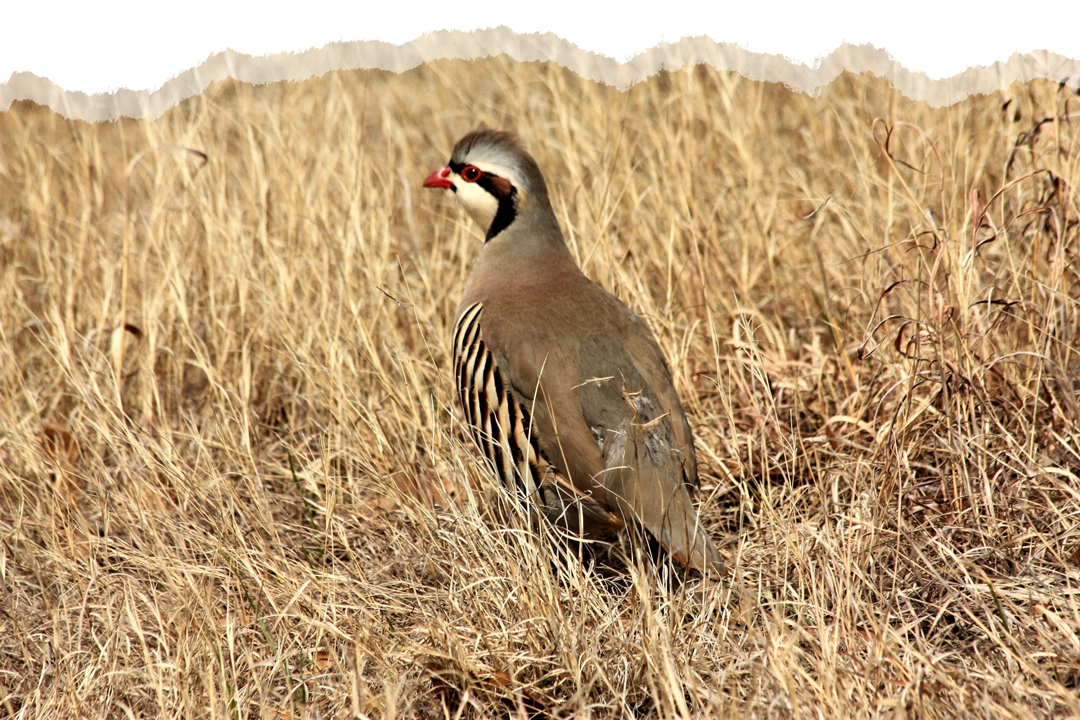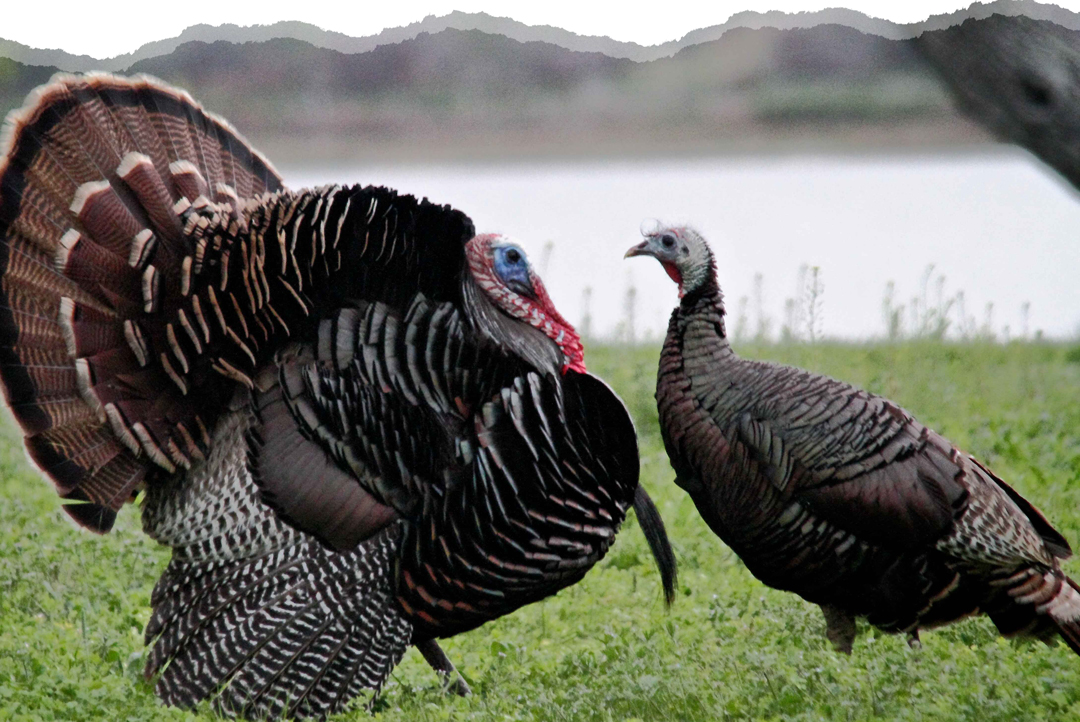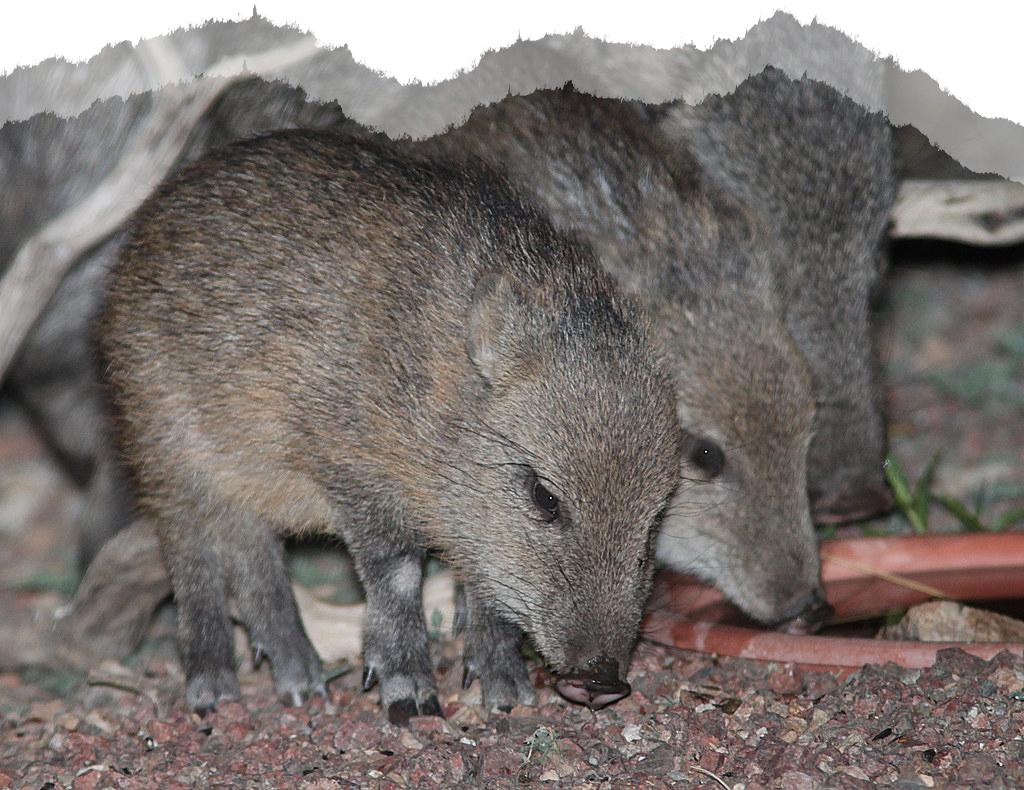
California Valley Quail
Get to know the California Valley Quail.
California Valley Quails are easily identified by their plump shape and plume. A friend to civilization, California Valley quails, also simply referred to as valley quails, can be found in suburban neighborhoods and parks as well as the oak laden woodlands they tend to prefer. Valley quails are primarily found within the coastal areas of California, though they are also found within southern Oregon and western Nevada. Because valley quails can fly but do not like to, they avoid mountain regions and tend to remain on the ground in coveys of 10 to 200 birds. One covey activity that is a favorite of theirs, is a dust bath – valley quails ruffle their feathers, causing dust into the air – that happens daily and in sunny areas. When spooked and/or disturbed, the covey of valley quails will flush, flying into the air and scattering in different directions.

When does mating season begin for the California Valley Quail?
In addition, quails will separate from the covey when mating season is to begin in the spring. The male valley quails will present their territory through calling, then they will court the females by expanding their wings, bobbing their head, and sometimes rushing the female. In May and June, the female valley quails will often build their nests on the ground; commonly under a shrub or thick bush, the quail will burrow a shallow hole and fill the burrow with ground contents, such as leaves and grass. After an incubation period that lasts 21 days, the clutch of 13 to 14 eggs will hatch. With the young being able to leave the nest as soon as the next day after they are born with the ability to fly short distances within 10 days, they will spend some time brooding with their mother and under the watchful eyes of their father.

How to recognize the California Valley Quail.
As they become older, the male valley quails develop a darker gray color on their backs, a blue grey color on their chests, tan and white lined wings, a brown cap, black throat and white lined crown and collar, to go with their notable topknot; the females stay more of a grey/tan/brown color with the same white lined feathers and a much less apartment plume. Both have short black beaks and dark narrow eyes. The quails weigh an average of 8 ounces and measure 10 inches in length. The valley quail has been introduced in other places around the world, but still has a sound population within their home, the golden coast of the Golden State.



















